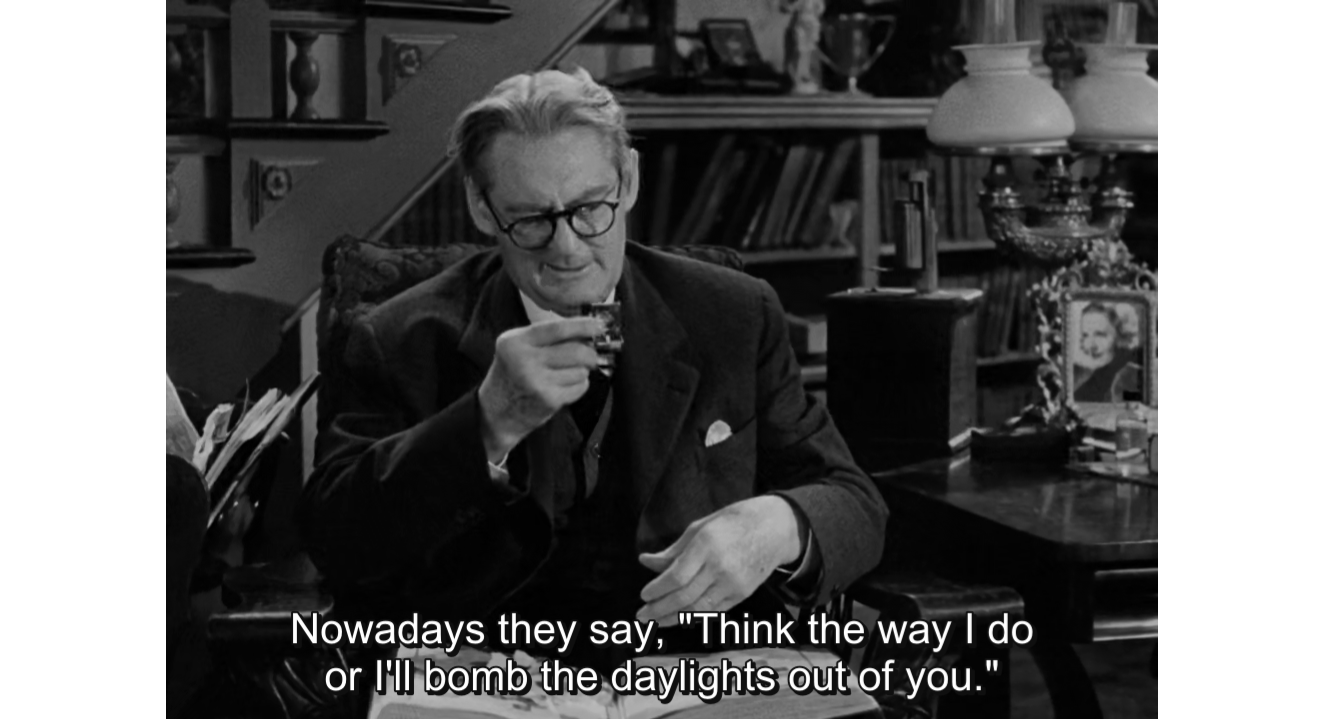.jpg)
Vox Populi (Dennis Marasigan, 2010)
Marasigan stubbornly and sometimes humorously follows Connie through the troughs and crests of that final campaign day. Accompanied by her trusted assistant (Suzette Ranillo), her younger brother (Bobby Andrews), and campaign manager (Julio Diaz), Connie goes around town in a poster-plastered white van to attend sorties and visit influential personalities to amass enough sure votes to win her the mayoralty seat. What initially feels like a derivative of all the “day-in-the-life-of” dramas that have populated Philippine cinema as of late matures into something else, something more akin to a taut and thorough political comedy that demystifies the intricacies and particularities of Philippine politics in one entertaining package. Early on, the film insists on pandering on the obvious. The mechanics of the campaign, from the banal physical exertions like being tired and hungry to the seemingly didactic proclamations of Connie on providing better futures for everyone, is laid out in a straightforward fashion, unadorned of any embellishments or subjectivity.
The plot thickens. Connie makes deals left and right whether or not they’re incongruent with promises thrown left and right. There is no doubt Connie believes in her platform. Compared to the outright sleaze of her closest opponent, the incumbent town mayor, and the unseen third force, a youth leader who backs out from the race at the last minute, Connie, given the transparency that Marasigan grants the character, seems an ideal choice, the best choice for San Cristobal. The film however is not as interested in Connie’s electoral success as it is interested in her subtly orchestrated descent. Each deal she seals, whether it be with a devious religious leader or the town’s local crime lord (Jose Mari Avellana, who is utterly brilliant in the role), makes her position less ideal and her promises less realizable. Each accruing event that places Connie closer to victory feels like a step closer to limbo.
Connie juggles the demands of her campaign with her personal details. Interestingly, rather than treating these personal identifications as extraneous or as diversions to the freely flowing narrative of the final day of her campaign, Marasigan manages to mesh Connie’s political ambitions with her personal failures as wife and parent, and her father’s unavoidable legacy, into an amply intriguing reflection on a woman’s struggle for self-identification. Connie, in that single moment in the film where she is alone in her room, she stares at herself in the mirror and rehearses the three most important words in her campaign: Connie de Gracia. Her repeated utterances of her name give rise to her numerous roles and identities she is embattled with: Connie de Gracia, mayoralty candidate; De Gracia, the daughter of a former mayor; "disgrasya" (disgraced) by a careless romance that has turned her into an ex-wife and an absentee mother. Nearly assured of victory, she utters her name one last time, this time with the authoritativeness of a victor.
Vox Populi is funny as it is scary. In the guise of fictional Connie, Marasigan creates a Filipino Faust. There is no god in the picture, seemingly no redemption. There are no demons either. Politics, cynical as it seems, is Connie’s Mephistopheles. Democracy seems to be a sham. In the end, whether or not the road to the so-called bright future is straight and not crooked, the van going there is overloaded with favors and promises, investors and constituents.
(Cross-published on Twitch.)
.jpg)
.jpg)
.jpg)
.jpg)
.jpg)
.jpg)





































